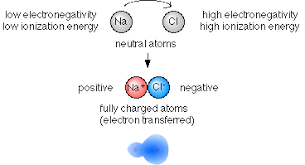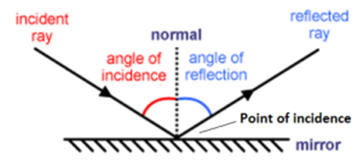Science > Chemistry > Physical Chemistry > Nature of Chemical Bond > Factors Governing Formation of Ionic Bond In this article, we shall study the factors affecting the formation of the ionic bond and the concept of variable electrovalency. Ionization energy of Electropositive Atom: It is defined as the amount of energy required to remove the […]
Categories
Factors Governing Formation of Ionic Bond
- Post author By Hemant More
- Post date March 31, 2020
- No Comments on Factors Governing Formation of Ionic Bond

- Tags Atomic number, Bond, Chemistry, Coordinate bond, Covalent bond, Dash formula, dash structure, Dot formula, Dot structure, Duplet, Electron affinity, Electron gain enthalpy, Electronegative atom, Electronic configuration, Electropositive atom, Electrovalent bond, Expanded octet, Geometry of molecule, Incomplete octet, Inert electron pair effect, Ionic bond, Ionization energy, Lattice energy, Lattice enthalpy, Lewis structure, Nature of chemical bond, Octet, Octet theory, Valence electrons, Valency orbit, Variable electrovalency


